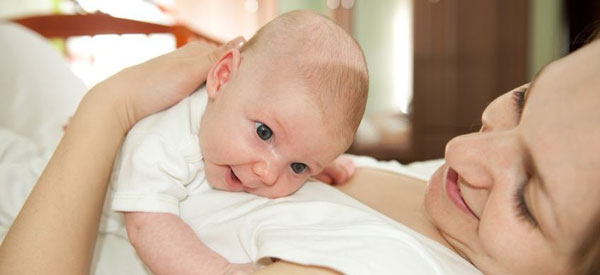
Although in vitro fertilization (IVF) is often limited to 3 or 4 treatment cycles, new research shows the effectiveness of extending the number of IVF cycles beyond this number, according to a study in the December 22/29 issue of JAMA.
In vitro fertilization is commonly stopped after 3 or 4 unsuccessful embryo transfers, with 3 unsuccessful transfers labeled “repeat implantation failure.” Debbie A. Lawlor, Ph.D., of the University of Bristol, Bristol, United Kingdom, and colleagues examined the extent to which repeat IVF cycles continue to increase the likelihood of a live birth, defining an IVF cycle as the initiation of treatment with ovarian stimulation and all resulting separate fresh or frozen embryo transfers. The study included 156,947 U.K. women who received 257,398 IVF ovarian stimulation cycles between 2003 and 2010 and were followed up until June 2012. The median age at start of treatment was 35 years, and the median duration of infertility for all cycles was 4 years.
In all women, the live-birth rate for the first cycle was 29.5 percent. This remained above 20 percent up to and including the fourth cycle. The cumulative prognosis-adjusted live-birth rate across all cycles continued to increase up to the ninth cycle, with 65 percent of women achieving a live birth by the sixth cycle. In women younger than 40 years using their own oocytes (eggs), the live-birth rate for the first cycle was 32 percent and remained above 20 percent up to and including the fourth cycle. Six cycles achieved a cumulative prognosis-adjusted live-birth rate of 68 percent.
For women 40 to 42 years of age, the live-birth rate for the first cycle was 12 percent, with 6 cycles achieving a cumulative prognosis-adjusted live-birth rate of 31.5 percent. For women older than 42 years, all rates within each cycle were less than 4 percent. No age differential was observed among women using donor oocytes. Rates were lower for women with untreated male partner-related infertility compared with those with any other cause, but treatment with either intracytoplasmic sperm injection or sperm donation removed this difference.
Women younger than 40, those using donor oocytes and those with male partner-related infertility that was treated with either intracytoplasmic sperm injection or sperm donation achieved live birth rates after five or six cycles, taking a median two years of trying, which were similar to rates in couples who were trying to conceive and were not using any form of treatment after an average of one year.
The study also showed that the number of eggs retrieved after ovarian stimulation in one cycle does not influence the live birth success rate in subsequent cycles. This is important because couples are often told their chances of success with future treatments are likely to be poor in subsequent cycles, if they have had no or only a small number of eggs retrieved in a cycle.
“These findings support the efficacy of extending the number of IVF cycles beyond 3 or 4,” the authors write.
The researchers note that for some couples, the emotional stress of repeat treatments may be undesirable, and the cost of a prolonged treatment course, with several repeat oocyte stimulation cycles, may be unsustainable for health services, insurers, or couples. “However, we think the potential for success with further cycles should be discussed with couples.”
“For clinicians, it is important that these data be shared with couples so that they can make a truly informed decision,” writes Evan R. Myers, M.D., M.P.H., of Duke University Medical Center, Durham, N.C., in an accompanying editorial.
“This will require time and expertise in communication. For policy makers, revising the National Assisted Reproductive Technology Surveillance System to allow reporting of outcomes on a per-couple basis (including oocyte donors) would provide significantly more useful information for decision-making purposes.”
